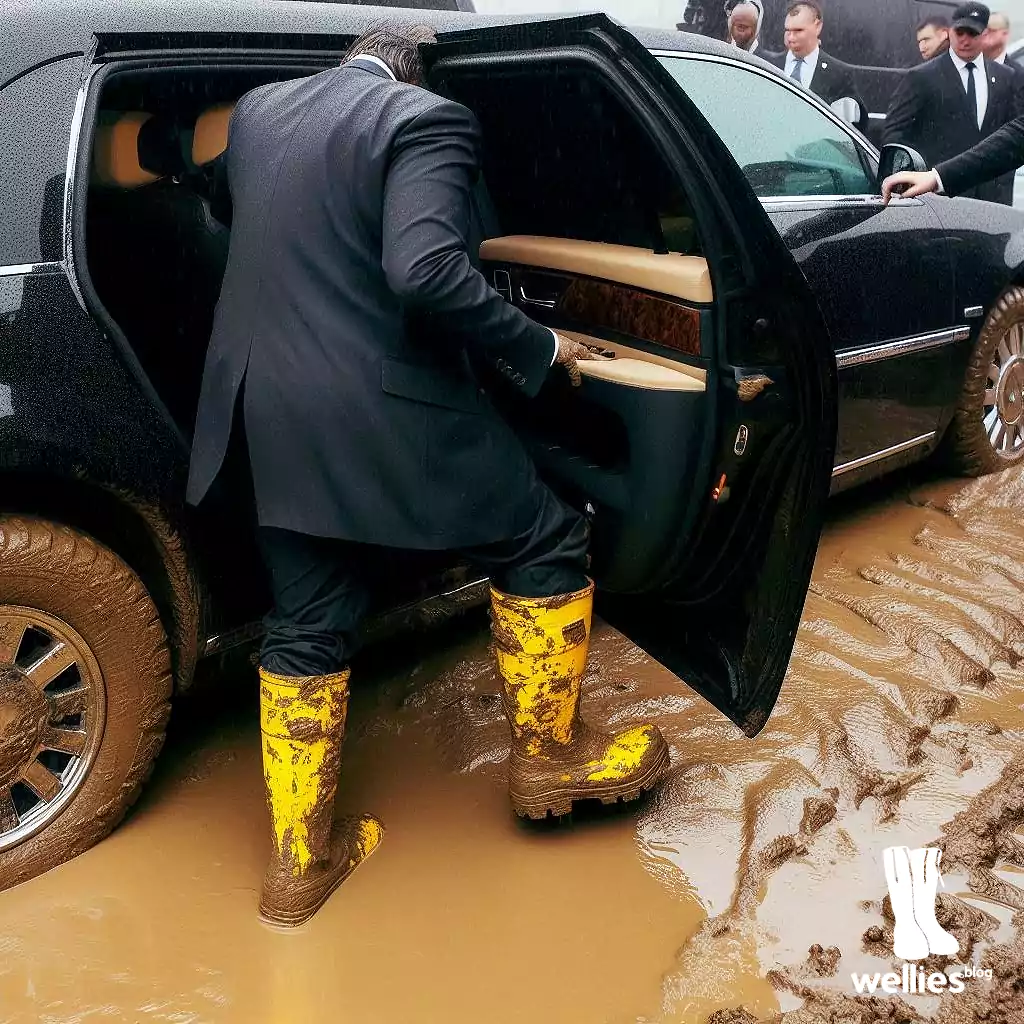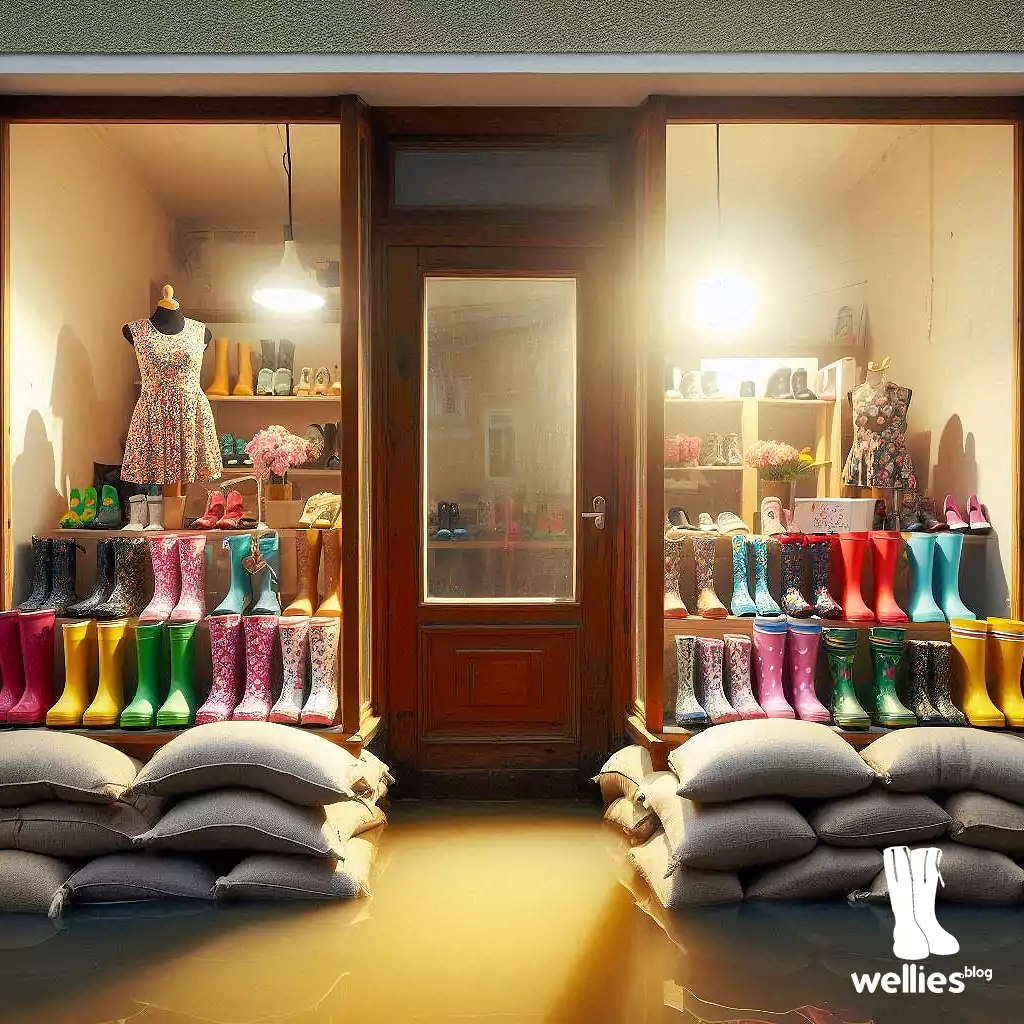In the flood-affected areas of Germany, Poland, Austria, and the Czech Republic, residents are battling the destructive aftermath of rising waters. Volunteers and affected locals are filling sandbags and shoveling mud off streets and out of homes, while politicians visit these crisis areas – often clad in rubber boots. Over time, this image has taken on a symbolism all its own.
Rubber boots are no longer just practical footwear. They have become a political symbol that plays a prominent role in media reports, social media discussions, and conversations among those affected. Whether a politician wears boots – or conspicuously doesn’t – has become a matter of public scrutiny. Some leaders are criticized for not wearing boots, while others become the subject of memes because of their footwear choices. Many articles speak of “rubber boot politics,” a way of presenting oneself that is meant to show solidarity with those affected. But do people on the ground see this as authentic, or does it reinforce the perception of disconnected, performative politics?

Rubber Boots as a Symbol of Solidarity
In Germany, Austria, and Poland, the term “politician in rubber boots” has become a staple in flood coverage. Images of prime ministers, chancellors, or presidents wading through flooded streets in muddy boots are intended to convey solidarity. A politician walking through water in practical footwear suggests that they share the problems of the locals and are not afraid to get their hands – and feet – dirty. Yet these staged appearances often seem calculated.
This symbolic act has been analyzed in detail, particularly during Austria’s recent flood disaster. A recent article highlighted which politicians wore rubber boots and which opted for other footwear – such as fashionable Timberlands. While some leaders donned functional boots, others opted for stylish alternatives, leading the media to question their true motives. “Rubber boots or Timberlands?” asked Austrian daily newspaper Der Standard, suggesting that the choice of footwear says more about political image-making than actual concern for the affected.

Price Speculation and Profiting from Crisis
Beyond political symbolism, there is another issue dominating the discussion around rubber boots in flooded regions: price speculation. In Poland and the Czech Republic, many retailers have significantly raised prices for essential supplies such as rubber boots, shovels, and gloves. Reports show that the price of rubber boots during floods skyrocketed, with prices doubling in some areas.
A Polish article described the situation bluntly: “As the water rose, so did the prices. Boots that cost 50 zlotys before the flood were suddenly priced at 100 zlotys.” Such developments have sparked public outrage, with many seeing it as a sign of profiteering at the expense of those in crisis.
Real Help or Media Show?
Returning to the role of politicians in this crisis: The question remains whether their presence in flood zones – rubber boots or not – actually improves the situation for those affected. Critics argue that politicians are merely staging appearances, without providing long-term solutions or assistance. A commentary in german television news service Tagesschau noted: “Once the cameras are gone, the politicians often disappear as well.”

On the other hand, there are positive examples of politicians who not only visit briefly but also take meaningful action. In Germany, for example, a state premier worked to secure rapid financial aid for flood victims and continued to visit affected areas long after the waters had receded.
Conclusion: The Image of Politicians in Times of Crisis
Ultimately, the image of politicians in rubber boots remains an ambiguous symbol. It can represent solidarity and support, but it can just as easily be an empty gesture. For those affected by floods, what matters most is long-term help and reconstruction. Symbolic acts, such as donning rubber boots, can be a first step – but they cannot be the last. In the end, it’s not the footwear that makes a difference, but genuine commitment to the people on the ground.




